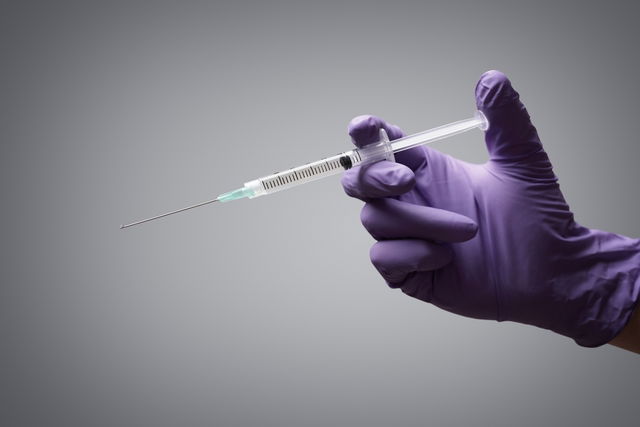Botox is a substance that can be used to treat several diseases, such as microcephaly, paraplegia and muscle spasms. It is capable of preventing muscle contractions and acts by promoting temporary paralysis of the muscle. This can help to reduce and relieve symptoms related to several health conditions.
Botox, also known as botulinum toxin, works by inhibiting stimuli that neurons receive to contract muscles. to muscle contraction, It is also widely used as a cosmetic procedure to reduce wrinkles and expression marks.
Botox is a substance produced by the bacterium Clostridium botulinum and should only be used as directed by a doctor. The doctor will complete a thorough health assessment and evaluate the risks related to the use of this substance before administering it.

What it's used for
Botox can be indicated in several health conditions and symptoms, such as:
- Managing symptoms of blepharospasm, which is characterized by closing the eyes in a spasmodic and uncontrolled manner
- Sweat reduction, in case of hyperhidrosis or bromhidrosis
- Correction of ocular strabismus
- Bruxism
- Facial twitching or nervous tics
- Reduction of excessive salivation
- Control of spasticity in neurological diseases such as microcephaly
- Decrease in neuropathic pain
- Relax excessive muscle contractions from past strokes
- Decrease in tremors in cases of Parkinson's
- Combat stuttering
- To treat abnormalities in the temporomandibular joint region
- Combat chronic low back pain and in cases of myofascial pain
- Urinary incontinence caused by neurogenic bladder
Botox should be administered as directed by a doctor, as large amounts of this toxin can have the opposite effect of what is desired desired, and may even lead to permanent muscle paralysis.
Botox for cosmetic purposes
Botox can also be applied for cosmetic purposes. It can be recommended to promote a more harmonious smile, reduce the appearance of gums, and to treat wrinkles and expression lines.
It is important that cosmetic botox is injected by a dermatologist or trained professional to ensure more satisfactory results.
How botox is injected
Botox is injected in small doses directly to the area being treated. It may be necessary to repeat the injection after a few months to guarantee sustained effects, as the results of botox injections are temporary.
Depending on the treatment goals, botox can be injected intramuscularly in low concentrations and at the recommended dose. This can block nerve signals from the origin of pain and promote muscle relaxation.
Possible risks
Botox should only be applied by a doctor as this substance can cause adverse effects. The doctor will complete a thorough health assessment to determine the ideal amount to be used for treatment.
Excessive amounts of botox can lead to respiratory failure, asphyxiation and organ failure, all of which are life-threatening.
Depending on the dose used, the muscles in the area being treated can become flaccid or paralyzed. High amounts of botox can spread to other tissues, causing even more flaccidity and paralysis than anticipated.
Contraindications for use
Botox should not be injected in those with an allergy to botulinum toxin, nor during pregnancy or if there is an active infection in the injection area, It should not be used by people which a history of an autoimmune disease, as it is not known how the body will react to the substance.
